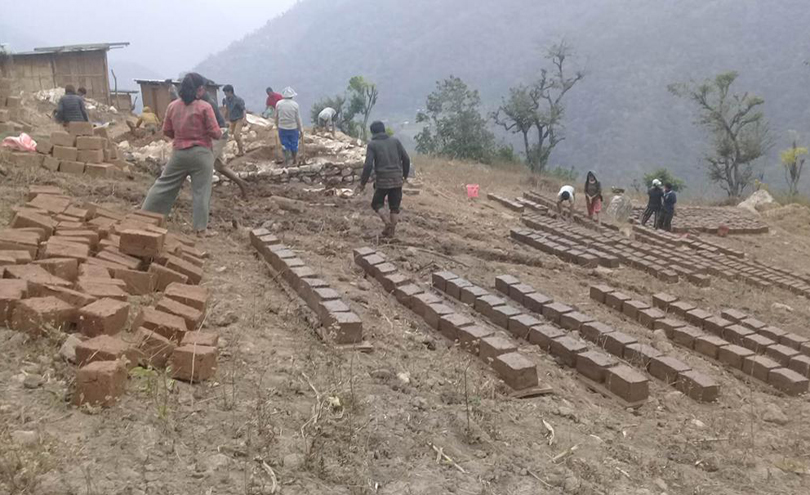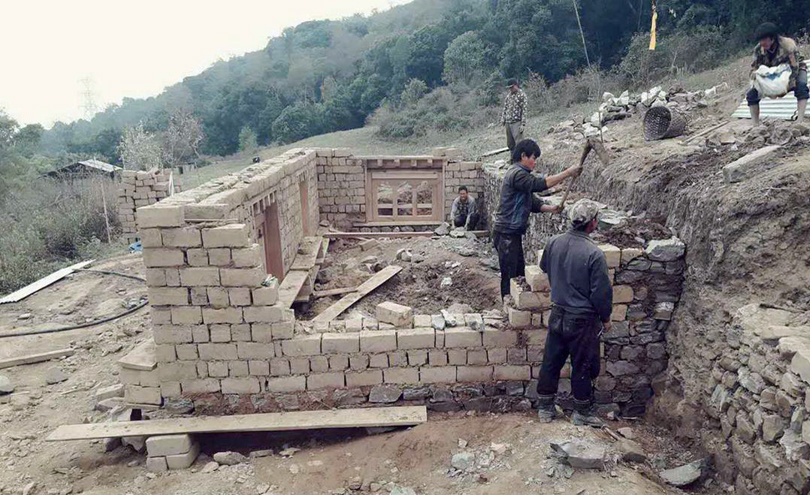Bhutan’s remote rural communities often lack access to adequate housing and basic sanitation services. This, coupled with food insecurity and lack of economic opportunity, makes it difficult for people to break the cycle of poverty.
The Tarayana Foundation’s Integrated Community Development for Poverty Reduction programme gives communities the skills to build their own homes, increase agricultural productivity through improved farming techniques, and starts an income-generating business with a loan and support from the foundation’s own microfinance institution. Following consultation with the community, beneficiaries selected for housing improvement are trained in masonry and carpentry and work together as a group to build their new homes. Tarayana provides the materials free of charge and the group provides the labour.
Since 2007, almost 2,500 houses have been built and 1,000 toilets installed, while approximately 50,000 people have accessed training to develop skills and generate income.
Through this collaborative and holistic approach, the programme addresses the causes of poverty and promotes long-term self-sufficiency for Bhutan’s remote rural communities.
























